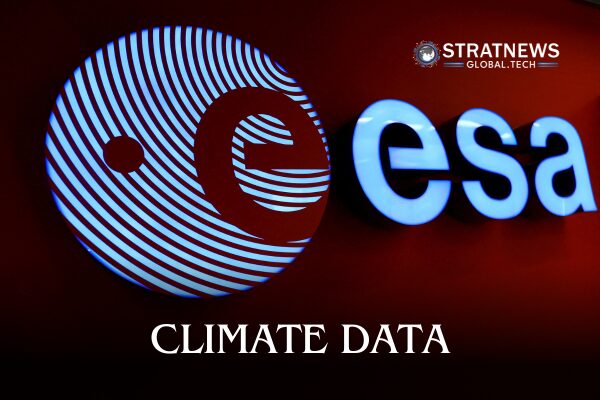ESA New Satellite to Boost Forecast Accuracy
The European Space Agency (ESA) has successfully launched its next-generation polar-orbiting weather satellite, marking a significant step in enhancing global climate monitoring. The spacecraft, equipped with six advanced instruments, lifted off early Wednesday from the Kourou Space Centre in French Guiana and entered orbit without issue.
The new satellite will improve weather forecasting accuracy and strengthen atmospheric monitoring, including the tracking of air quality incidents and volcanic ash spread. ESA officials say the technology will play a crucial role in understanding and addressing the impacts of climate change.
Collaboration Key to Understanding Climate Change
Speaking after the launch at ESA’s European Space Research and Technology Centre (ESTEC) in the Netherlands, ESA Earth Science Division head Thorsten Fehr stressed the importance of international cooperation in earth observation.
Fehr highlighted the agency’s long-running “Dragon” programme, which involves close collaboration with Chinese scientists. He noted that no single nation or agency can gather all the data required to fully understand the Earth’s systems, adding that cooperation must cross national and continental boundaries to be effective.
Data Sharing Through Global Networks
ESA Meteorological Programmes Manager Graeme Mason echoed the call for joint efforts, pointing to ongoing data exchanges between Europe and China under World Meteorological Organization frameworks. Mason stressed that both weather-related challenges and climate change transcend national borders, making open data sharing essential for global solutions.
ESA’s latest mission reinforces the view that climate and weather science depend on coordinated, multinational data networks, ensuring that countries can respond more effectively to environmental threats.
with inputs from Reuters


